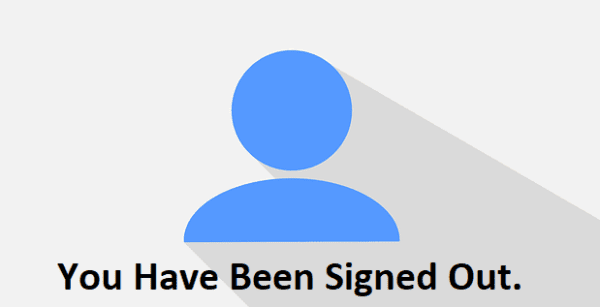


This system, Sync, allows users to log in with their Google accounts inside Chrome and optionally upload and synchronize local browser data (history, passwords, bookmarks, and other) to Google's servers. Google has made an important change to the way the Chrome browser works, a move the company did not advertise to its users in any way, and which has serious privacy repercussions.Īccording to several reports, starting with Chrome 69, whenever a Chrome user would access a Google-owned site, the browser would take that user's Google identity and log the user into the Chrome in-browser account system -also known as Sync. Cybersecurity 101: Protect your privacy from hackers, spies, the government.The 10 worst hardware security flaws in 2021.Signal reveals how far US law enforcement will go to get people's info.FBI: Ransomware groups tying attacks to 'significant financial events'.The best phishing target? Your smartphone.

You can ungroup a tab from a tab group by right-clicking "Remove from Group." And you can delete entire tab groups by right-clicking on the name of the tab group (or the first color icon) and selecting "Ungroup. You can minimize entire tab groups by clicking on the color circle at the beginning of the tab group. Once you've created one or more tab groups, you can move entire tab groups within your web browser just by drag-and-dropping. Right-click on one of those tabs, select "Add Tab to Group" in the drop-down menu, and then type the group name and select the color you want the group organized by. It essentially lets you organize your tabs like a color-coded filing system. Called Tab Groups, the feature allows you to group tabs together and organize them by color, custom group name or even an emoji. Google introduced a tab grouping feature to Chrome within the past year that is a life saver if you're somebody who always has a zillion tabs open at a time. This is another pro tip rather than a setting to change, but it's incredibly useful.


 0 kommentar(er)
0 kommentar(er)
